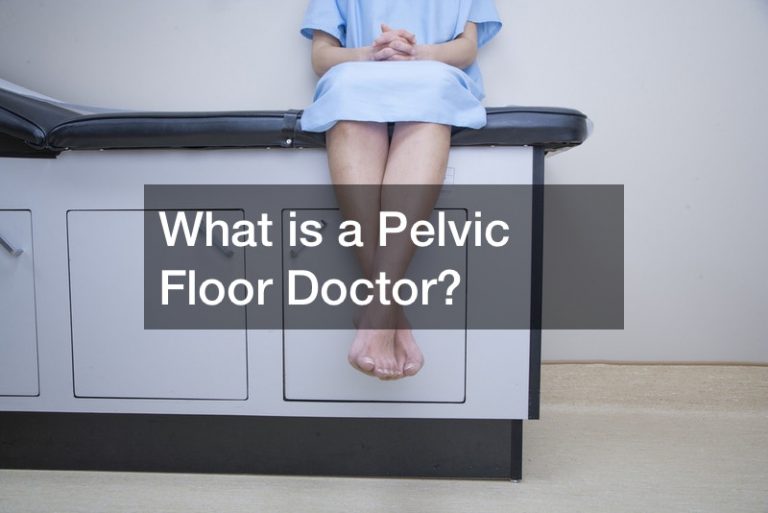
There are urgent care locations all over America. The number of urgent care locations is growing every year, and with it understanding of the best ways to make use of walk-in clinic care.
Know Your Burns
Burns always hur, and knowing how to care for a burn is important. Burns are typically classified into three types: 1st degree, 2nd degree, and 3rd degree burns. First degree burns don’t need emergency room care, and MultiCare urgent care locations were designed for just this kind of issue. In a first-degree burn, the skin will be red and swollen. It can also be quite painful, but unless the burns cover a large area of the body, this is a minor injury. Second-degree burns ride the line between serious and minor, and a lot depends on how much of the body is burned. These burns are characterized by blisters, intense red color, and a lot of pain. Medical help is essential in the case of a second-degree burn. For a third degree burn, seeking immediate emergency room care is the only safe thing to do. These cause permanent damage to the skin, which will normally appear either black or dry and white after the burn. Because the burn has killed off nerve cells, third-degree burns don’t feel as painful as other burns, but they are medical emergencies that need professional treatment right away.
Dealing With Fevers
A fever is not actually an illness but a sign that something else is wrong. A fever is the body’s reaction to something it doesn’t like, such as an infection, a virus, a bacteria, drugs, or toxins. In fact, a fever is a good thing most of the time. It’s the body taking care of business to destroy things that can hurt you. Sometimes the best treatment for a fever is just fluids and rest, but there are times when a fever calls for medical attention. If your child is under three months and has a fever over 100.4, or is over three months old and has a temperature of over 102, don’t hesitate to get medical help. If an adult has a fever of 103 or higher, or if anyone has had a fever for more than three days, you should seek help. Finally, if the person with the fever is taking any drugs that suppress the immune system, or if they have some other serious illness such as cancer or HIV, you should definitely get medical help.
What to Do About Fractures
If a bone is obviously broken (for example, you can see the bone or a limb is out of shape) you should go to the emergency room. Fracture and minor breaks can be difficult to distinguish from sprains. Both will result in pain, difficulty moving or supporting weight on the injured area, and swelling. If you go to an urgent care location, you can expect a health care professional to examine the injury, order an x-ray if necessary, and either treat the injury there or refer you somewhere else if the injury is worse than it seems.
Scrapes and Cuts
Scrapes and cuts can range from so minor that you can take care of them at home to so serious they are life-threatening. Fortunately, the vast majority of scrapes and cuts are minor, and most can be cared for by an urgent care facility. If the cut is very deep or is bleeding uncontrollably, you should go to an emergency room right away. For most cuts, you can and should get medical help from walk-in clinics, particularly if there is something stuck in the cut, if the object that caused it was rusty, or if the cut is the result of an animal bite.
Urgent care locations provide excellent medical care for a wide variety of minor but urgent medical needs. Find the urgent care locations most convenient to you and make one of them your first stop when you have any non-life threatening medical need. Most urgent care centers are open all week long, and many have extended hours to make it convenient to visit them.

